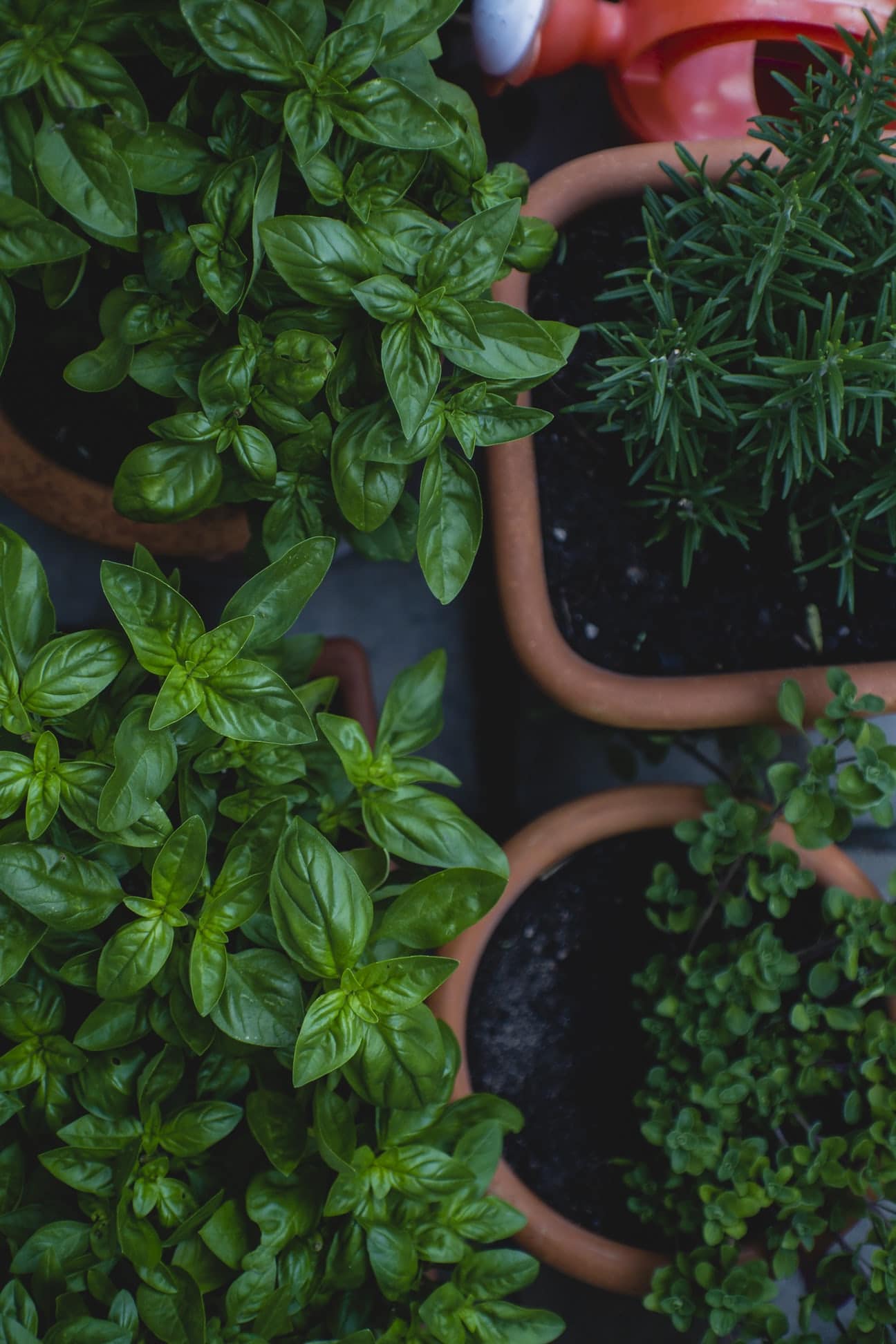For my next installation of JTFG, I thought I would dive into the world of herbs and spices. These flavors we eat and cook with every day, but largely misapplied and misunderstood. So we will dive into explaining what each is, how to use them, when dried and fresh are best, and finish with a very herb and spice heavy dish.
First, I thought it appropriate to say a few brief words on some of the most popular herbs and spices:
Herbs:
Parsley:
Parsley has two types, curly (only used as garnish) and flat leaf/Italian. Oft found in Italian and other Western dishes, fresh parsley adds a bright finish to a dish, while dried adds a subtle grassy and peppery note.
Cilantro (aka coriander leaf):
A divisive herb, cilantro is used most often in Latin and some Asian dishes. To some, cilantro is fresh and slightly citrusy, though for a small population cilantro tastes like soap. Generally used as a fresh garnish or raw application.
Basil:
Basil comes in two forms: sweet or Italian (most common in America) and Thai. Basil adds a floral and slight anise flavor, both dried and fresh. Though often paired with tomatoes, basil can brighten meat and seafood dishes as well.
Rosemary:
A tough, piney herb, rosemary is extremely assertive both fresh and dried. The flavor is strong and slightly bitter. Rosemary pairs well with fatty foods, such as pork and fried potatoes, and should be chopped fine before using.
Thyme:
Thyme is a delicate herb, with a earthy, lemony taste. The flavor is subtle, and pairs well with other herbs and spices. Use thyme on poultry, potatoes, and to compliment other herbs.
Oregano:
Oregano is a pungent herb primarily found in Mediterranean and Mexican cuisines, used in pastas and poultry. Oregano dries well, and can be substituted for fresh. Oregano comes in two forms; milder common (or Italian) and stronger Mexican; both can be used as a substitute for its close cousin, marjoram.
Sage:
Most people use dried sage once a year for their Thanksgiving stuffing, but there are many other delicious uses for this herb, particularly in dishes with pork, beans, potatoes, cheese, or in the classic sage and brown butter sauce. The flavor can be somewhat overwhelming — particularly with dried/rubbed sage — so start off with a small amount and build on that. Fresh sage can add nuance and complexity to a dishes.
Dill:
The feathery leaves, or fronds, of the dill plant add a pleasant anise-like flavor to seafood, soups, salads and sauces. Its subtle taste makes an excellent complement to foods with delicate flavors like fish and shellfish, and it is commonly used in cuisine across Europe and the Middle East. Fresh dill should have a strong scent and keeps in the refrigerator for about 3 days.
Next post I’ll tackle various spices…


